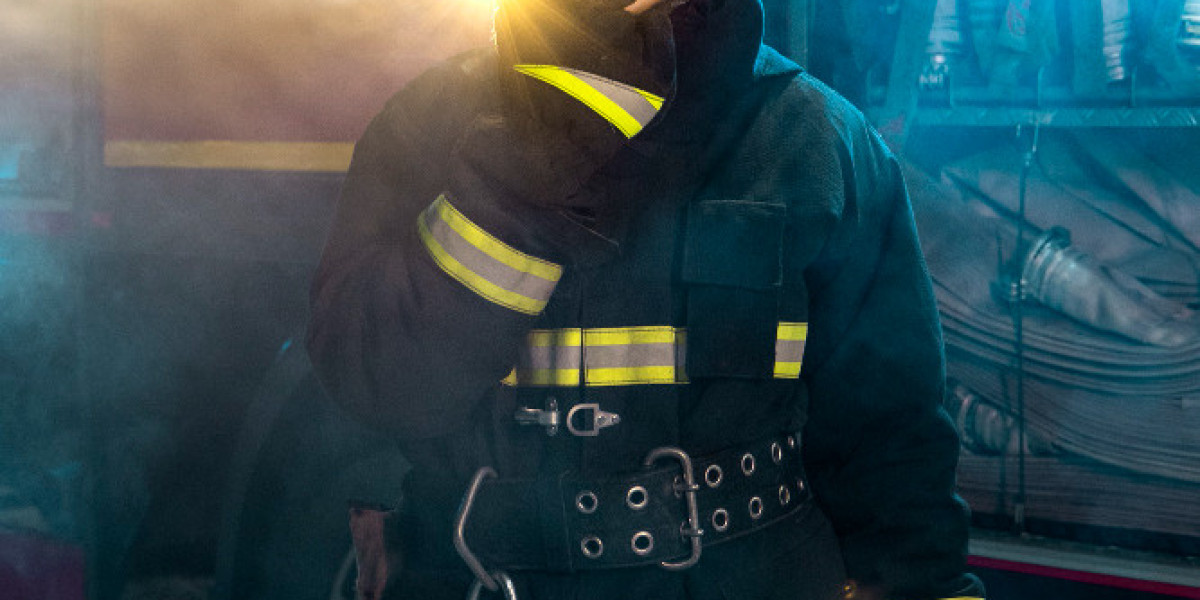Fire extinguishers are often overlooked but are one of the most crucial safety devices in any home, workplace, or public space. This blog aims to shed light on the importance of fire extinguisher, their types, maintenance, and how to use them effectively in case of a fire emergency.
Why Fire Extinguishers are Essential
A fire can escalate quickly, turning a small spark into a raging inferno within minutes. Fire extinguishers provide a quick and effective means to suppress small fires, preventing them from spreading and causing extensive damage or harm.
Immediate Response: With a fire extinguisher at hand, immediate action can be taken to tackle a fire before it grows out of control.
Protection: Having fire extinguishers strategically placed around your home or workplace can protect valuable assets and, more importantly, save lives.
Compliance: Many building codes and regulations require the presence of fire extinguishers in commercial and public spaces to ensure safety compliance.
Types of Fire Extinguishers
Not all fires are the same, and neither are fire extinguishers. Different types of fire extinguishers are designed to tackle specific types of fires:
Class A: For fires involving ordinary combustibles like wood, paper, and cloth.
Class B: Suitable for flammable liquids like gasoline, oil, and grease.
Class C: Designed for electrical fires involving appliances, wiring, and other electrical equipment.
Class D: Used for combustible metals such as magnesium, titanium, and sodium.
Class K: Specifically for kitchen fires involving cooking oils and fats.
Understanding the types of fire extinguishers and their uses is crucial for effective fire management.
Maintenance and Inspection
Simply having a fire extinguisher is not enough; regular maintenance and inspection are essential to ensure they are functional when needed:
Check the Pressure: Ensure the pressure gauge shows the extinguisher is fully charged.
Inspect for Damage: Look for dents, corrosion, or other signs of damage that may affect the extinguisher's performance.
Check the Hose and Nozzle: Make sure they are clear of obstructions and in good condition.
How to Use a Fire Extinguisher
Knowing how to use a fire extinguisher correctly can make the difference between a minor incident and a major disaster:
Remember the PASS Technique:
- P: Pull the pin.
- A: Aim the nozzle at the base of the fire.
- S: Squeeze the handle to discharge the extinguishing agent.
- S: Sweep from side to side, covering the area of the fire with the extinguishing agent.
Safety First: Always ensure you have a clear escape route and never attempt to fight a fire if it is spreading rapidly or blocking your way out.
Conclusion
Fire extinguishers are invaluable tools for fire safety, providing a first line of defense against small fires and giving individuals the means to protect themselves and their property. By understanding the different types of fire extinguishers, maintaining them properly, and knowing how to use them effectively, we can all contribute to creating safer environments and reducing the risks associated with fire emergencies. Remember, fire safety is everyone's responsibility, and a well-maintained fire extinguisher can make all the difference when seconds count.



